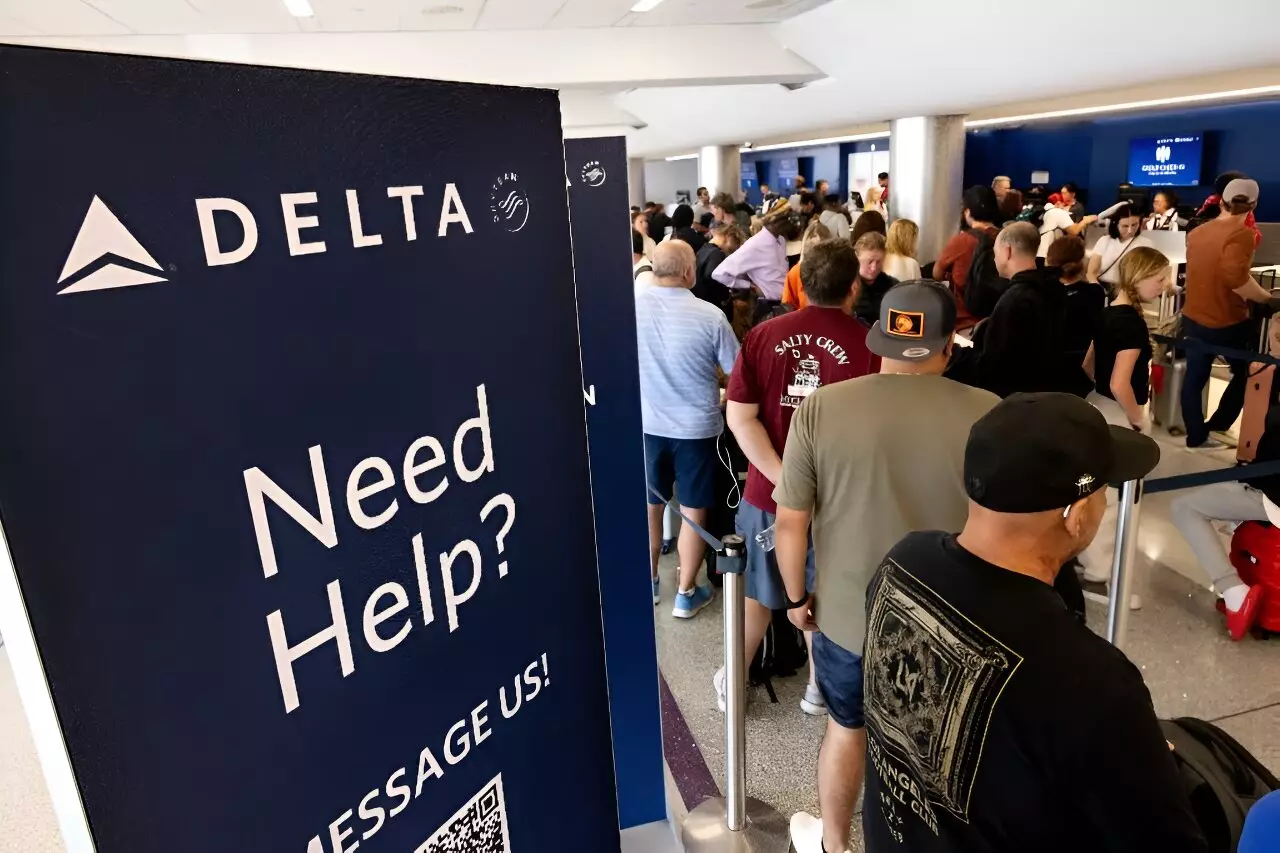Following a major IT crash that caused chaos for airlines, banks, TV channels, and financial institutions, a flood of online conspiracy theories emerged. These theories ranged from fearmongering about a potential “World War III” to false narratives about global elites orchestrating a cyberattack. The propagation of these theories on social media platforms highlights the current state of information chaos in the aftermath of significant world events.
The prevalence of misinformation on social media platforms, which have relaxed content moderation standards, has enabled conspiracy theories to spread rapidly. False narratives linking the World Economic Forum to a global cyberattack gained traction, fueled by posts referencing an old WEF video. This video, which discussed the threat of a cyberattack with COVID-like characteristics, was misconstrued to support the unfounded theory of a planned attack by elite groups.
The Role of Tech Platforms in Disseminating Falsehoods
Tech platforms have played a crucial role in the dissemination of conspiracy theories, especially during fast-moving news events. Users often struggle to discern accurate information from a sea of misleading posts that quickly gain popularity. The lack of stringent content moderation and the reinstatement of accounts known for spreading misinformation have further exacerbated the issue.
Challenges in Combating Misinformation
Despite efforts to combat misinformation with factual rebuttals, the technical nature of the issues involved in the IT crash makes it challenging to provide a clear and concise explanation. As a result, conspiracy theories continue to flourish, eroding trust in reputable sources and fostering a culture where wild falsehoods are more readily believed than verifiable facts.
The global IT outage, caused by a bug in an antivirus program update from CrowdStrike, disrupted various aspects of daily life and led to a decline in US stocks. Although CrowdStrike’s CEO assured the public that a fix was in place and efforts were underway to resolve the crisis, the spread of online conspiracies persisted. This incident underscores the vulnerability of interconnected systems and the challenges associated with addressing complex technical issues in an environment rife with misinformation.
The proliferation of online conspiracy theories in the wake of major global events highlights the fragility of the information ecosystem and the need for greater vigilance in combating misinformation. As misinformation continues to spread unchecked on social media platforms, it is imperative for individuals to critically evaluate the sources of information they encounter and resist the allure of sensationalized narratives. Only by promoting media literacy and holding tech companies accountable for their role in disseminating falsehoods can we hope to address the underlying causes of the current information crisis.


Leave a Reply